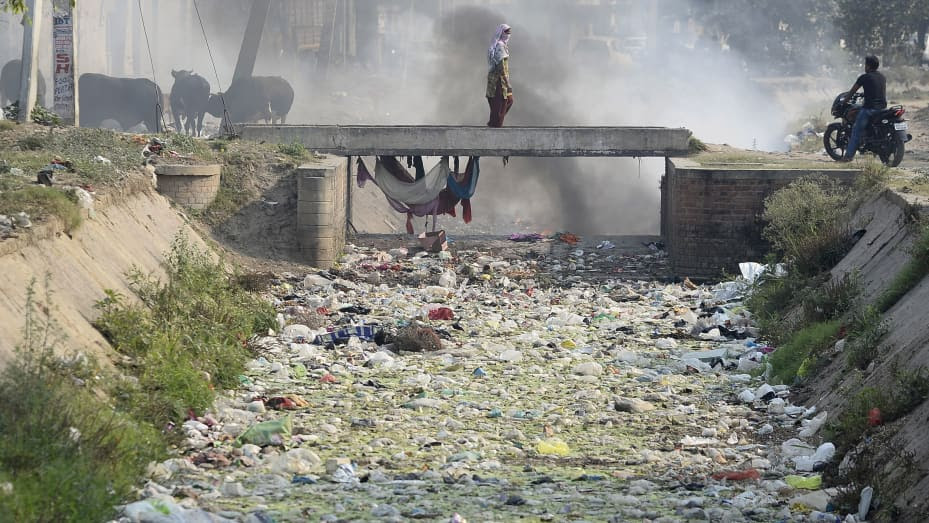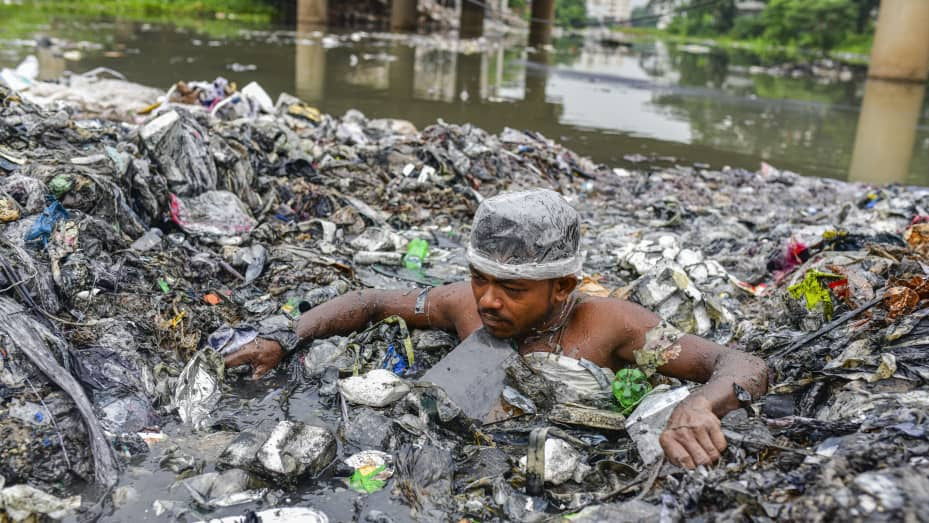Plastic pollution has exploded since the 1970s and is expected to get worse in the coming years. A number of minority countries have started to recycle their waste, but 80% of the waste from a majority of countries still ends up in the seas and oceans.
Between 1970 and 1990, plastic waste tripled in volume, and this volume was greater between 2000 and 2010 than in the last 40 years. According to industry projections on the subject, plastic production is expected to follow an upward curve until 2050. So much so that the UN has launched a campaign called “beat plastic pollution” whose slogan is Our planet is choking on plastic.
One of the reasons for this campaign is that only 10% of the plastic produced in the world so far has been recycled, and 85% has ended up in authorized or unauthorized landfills. While about one million plastic bottles are purchased every minute worldwide, most are discarded after a single use, and they are, along with single-use bags, packaging, cigarette filters and cutlery, among the most common plastic waste that ends up in the environment.
This waste sometimes travels thousands of kilometers in the water and ends up in the oceans, where it forms a mass of between 75 and 199 million tons. The amount of plastic in the oceans is projected to increase by 23 to 37 million tons per year until 2040. Faced with this plastic pollution, some countries have a greater responsibility than others. This is the case in Asian countries, which are leaders in terms of both production and plastic pollution.

China, for example, produces about 27% of the world’s plastic and recycles less than 75% of it. Indonesia produces 10% and recycles less than 80%. The vast majority of Asian and African countries recycle less than 70-85% of the plastics they use. The majority of European countries, North America, Australia and Japan recycle almost all of their plastic, while the UN estimates that 10 to 25% of plastic from South American countries or Russia is not recycled.
Plastic waste transits through rivers before ending up in the oceans, as in the United States with the Mississippi River which flows into the Gulf of Mexico or in Vietnam with the Mekong River which flows into the Vietnam Sea. Microplastics then take hundreds of years to disintegrate and eventually end up in our blood, organs and babies’ placenta. In order to fight against this threat to biodiversity and health, the UN wants all countries to take strong measures, such as eliminating as much plastic packaging as possible, banning single-use plastic cutlery, and plastic bottles and using only easily recyclable plastic.



Comment here